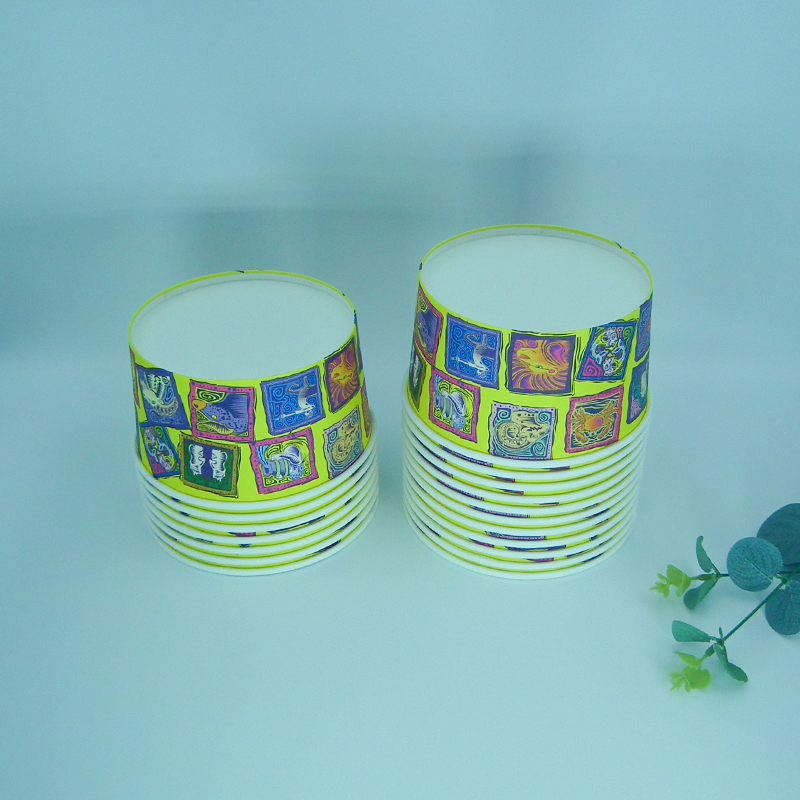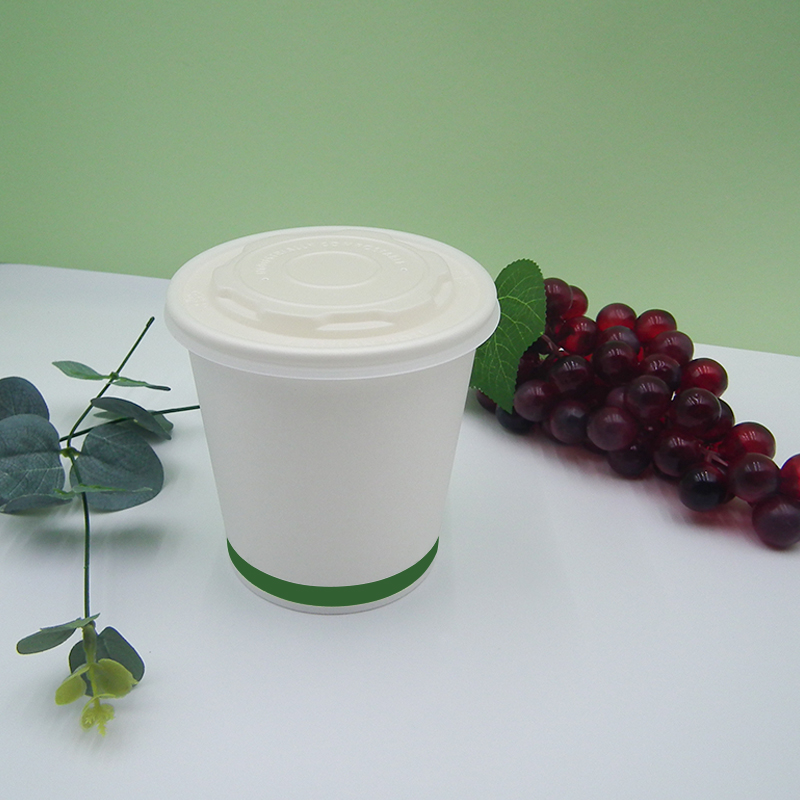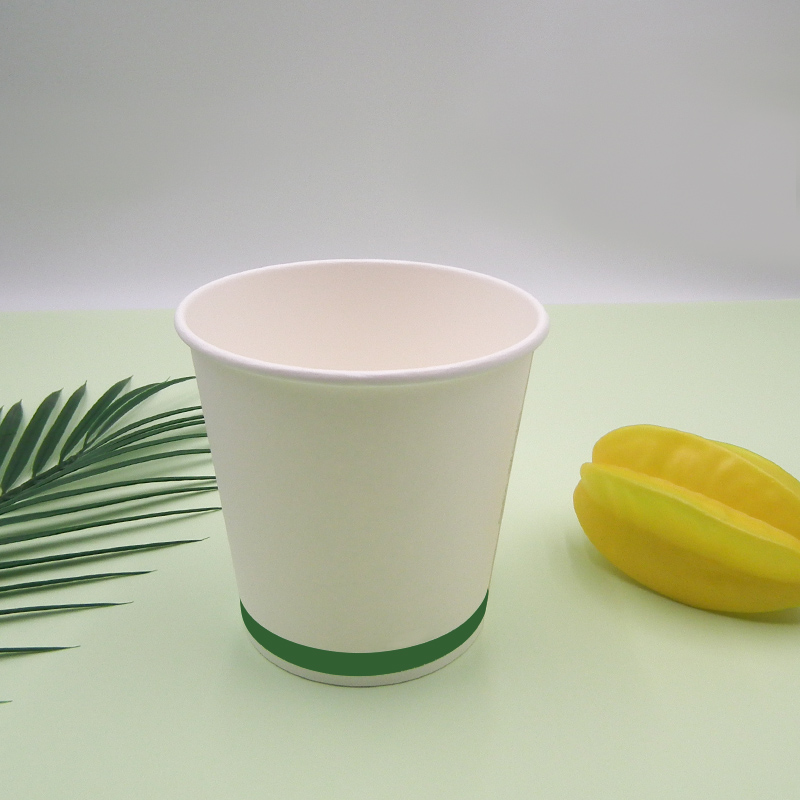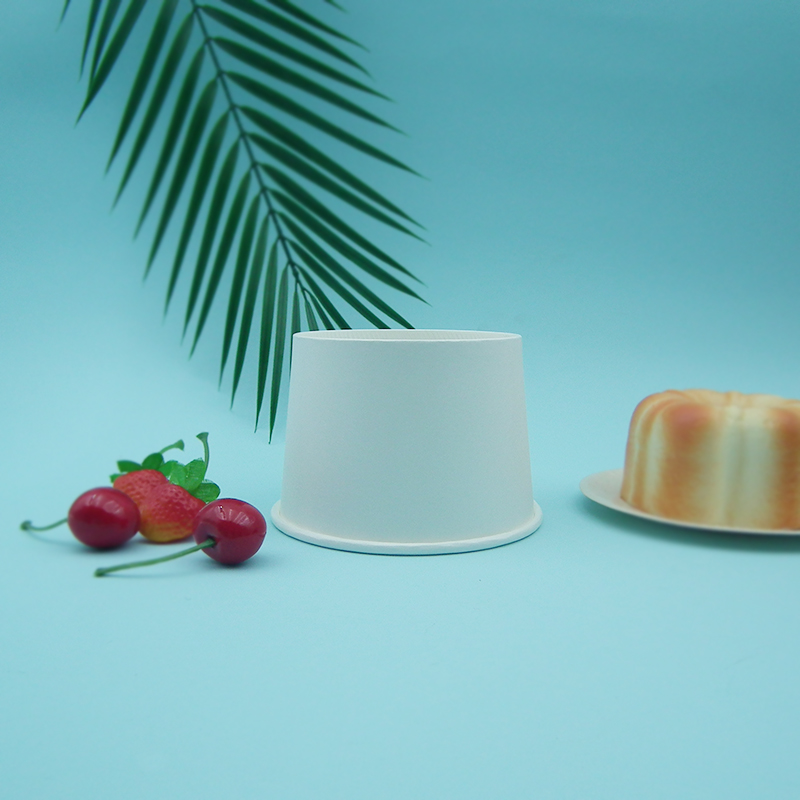
What are biodegradable takeaway containers?
Before we describe what makes a takeaway container biodegradable, we must first understand the term itself. “Biodegradable” is assigned to products that gradually disintegrate back (due to microbial action) into base carbon dioxide and water vapours.
Plastic or styrofoam containers can take millennia to disintegrate; even then, smaller particles may remain within the environment. On the other hand, biodegradable containers will only take a short period to decompose fully.
As such, biodegradable takeaway containers are any takeaway food or beverage containers (ranging from foldable boxes to coffee cups) that can decompose naturally over time.
What are they made of?
Biodegradable takeaway containers can be made out of the following materials:
Hemp: Extracted from the cannabis plant, hemp is highly biodegradable, resilient, and versatile. However, hemp is an expensive source of biodegradable products, which is why it sees little commercial use.
Cellulose: Plant-based packaging is easy to degrade because of its cellulose; thus, it is an excellent solution for short-term packaging.
Seaweed: Similar to cellulose, seaweed-based material is highly biodegradable and an excellent source for short-term packaging.
Cornstarch: Cornstarch has plastic-like qualities, making it versatile and useful as a substitute for plastics and styrofoam.
PLA: Polylactic acid (PLA) is bio-based and used in conventional plastic packaging. However, it biodegrades slowly compared to other biodegradable materials, even in an industrial composter.
Paper: Paper is one of the traditional forms of biodegradable packaging. It biodegrades fast and can easily be recycled as well.
Biofoam: A polystyrene-like biopolymer, biofoam is made out of vegetable matter, and while similar in structure to styrofoam, it is not only biodegradable but also compostable under high temperatures.
Mushrooms: Mushroom-based packaging is made by gathering agricultural waste, cleaning and powdering it, and then binding the mixture together using mycelium, the root-like structure of fungi.
Also read: Bioplastics for food packaging
Paper vs bioplastic
Paper remains one of the most popular materials for making biodegradable takeaway containers.
However, bioplastics have long been considered for widespread usage in manufacturing biodegradable takeaway containers. These are plastics made from plant matter such as corn, sugar cane, and algae.
While widely advertised as eco-friendly, much of this emphasis is placed on raw materials, which are undoubtedly more environmentally safe than petroleum.
When choosing between paper and bioplastic for making biodegradable takeaway containers, one must consider the benefits and drawbacks of each other.
Paper:
Pros:
Recyclable and reusable
Cost saving
Versatility – can be shaped into a variety of forms to suit the need
Can be stored for extended periods
Can decompose over a short time
Easy to dispose of
Widespread availability
Cons:
Not very durable
Loses effectiveness when wet
Low recycling rate
Made from wood – which means increased deforestation rates
Resource-intensive manufacturing, i.e. uses large quantities of water, which may contribute to water scarcity and pollution.
The production of paper uses four times as much energy as plastic.
Bigger carbon footprint during transportation
Stacking difficulties
Bioplastics:
Pros:
Can utilize agricultural waste or fast-growing crops
Long-lasting
High recycling rate
Lightweight
Low greenhouse gas footprint
Better moisture resistance and retention – useful for making water bottles
Less resource-intensive production process
Less likely to affect the taste of food and drinks
Space-effective
Cons:
Slower decomposition rate
More expensive to produce
It may require special disposal processes
Shorter shelf-life and may be more prone to damage
Limited availability
How are biodegradable takeaway containers made?
The method of manufacturing biodegradable takeaway containers depends on the materials used, but here is a general process:
Choosing the packaging material: The materials, ranging from cardboard to cornstarch, are first selected.
Collect raw materials: Specialized machines oversee the extraction, processing, transportation, and storage of raw materials used for production. They also work on the material’s eventual treatment, including breaking, sifting, and grinding.
Manufacturing: After the raw materials are collected, sustainable manufacturing practices, such as switching from fossil fuels to renewable energy, are used in the production process.
Labeling: After manufacturing, the containers are labeled to clarify their biodegradable composition.
Benefits of biodegradable takeaway containers
Biodegradable takeaway food containers have several advantages that make them highly attractive for food purveyors:
Reduced plastic waste: Using biodegradable takeaway containers will reduce plastic waste and littering, especially since, unlike plastics, they decompose naturally in the environment.
Reduced carbon footprint: As biodegradable takeaway containers are made from biodegradable materials instead of chemicals and plastics, they release less carbon dioxide into the atmosphere and minimize your carbon footprint.
Reduced pollution: By breaking down into the base substances of life, biodegradable takeaway containers release fewer pollutants into the environment.
Non-toxic and allergen-free: Most, if not all, biodegradable materials are non-toxic and allergy-free compared to conventional materials.
Convenient disposal: Biodegradable takeaway containers can be disposed of more conveniently, as their composition requires fewer resources to break down entirely. Some can even be composted!
More storage space: Biodegradable takeaway containers take up less space than conventional containers, giving you more room to store them and thus requiring fewer trips to transport them.
Sustainability: Most materials used in biodegradable product manufacturing fall under the three Rs of sustainability: reduce, reuse, and recycle.
Versatility: Materials for biodegradable takeaway containers can typically be reused and re-purposed in most industries. From storing office supplies to electronic device packaging, eco-friendly materials fulfill all business needs.
Reduces operational costs: Investing in biodegradable takeaway containers can help reduce operating costs by utilizing fewer resources, reusing inventory, and buying cost-effective recycled materials.
Improves brand image and expands customer base: Using biodegradable takeaway containers can help enhance a food purveyor’s brand and attract a more eco-focused customer base
Applications and uses of biodegradable takeaway containers
Biodegradable takeaway containers have become increasingly popular due to their environmental benefits and sustainability. Here are some of their key applications and uses:
Eco-friendly food service: Restaurants, cafes, and food trucks use biodegradable takeaway containers to serve food environmentally responsibly.
Event catering: Ideal for outdoor events, festivals, and catering services where disposable containers are needed, but sustainability is also a concern.
School and office cafeterias: Employed in educational and corporate settings to reduce waste and promote green practices among students and employees.
Meal prep and delivery services: Meal prep companies and food delivery services utilize biodegradable takeaway containers to provide customers with sustainable packaging options.
Farmers’ markets and food stalls: Vendors at farmers’ markets and food stalls will use biodegradable takeaway containers to package fresh produce and prepared foods in an eco-friendly way.
Retail food packaging: Supermarkets and retail stores employ biodegradable takeaway containers for packaging ready-to-eat meals, salads, and snacks.
Home use for parties and gatherings: Chosen by environmentally conscious consumers for hosting eco-friendly parties, picnics, and family gatherings.
Hospitality industry: Adopted by hotels and resorts for room service and in-room dining to minimize their environmental footprint.
Airline and train catering services: Used in the travel industry to provide sustainable meal packaging options on flights and train journeys.
Where can I buy biodegradable takeaway containers?
Biodegradable takeaway containers can be purchased from various sources, including restaurant supply stores, online marketplaces like Amazon and Alibaba, and specialized eco-friendly product suppliers.
Many local health food stores and sustainable living shops also offer a selection of biodegradable packaging options to cater to environmentally conscious consumers.
FAQ
What are biodegradable containers?
Biodegradable containers are any packaging or container that is made from materials that bacteria and other microorganisms can quickly break down.
Such containers are usually made from plant-based materials such as cornstarch, cellulose, and seaweed.
What is the difference between biodegradable and plastic?
Most plastics are made using petroleum. While plastics are technically biodegradable, they can take millions of years to break down fully and even then, they will remain as microplastics in the environment.
By contrast, products made to be biodegradable will only take a short period to fully decompose into base components such as oxygen and water vapours.
Why are biodegradable containers important?
With more and more people becoming aware of the detrimental effects of plastic and styrofoam on the environment, many F&B outlets are looking towards biodegradable takeaway containers to reduce their environmental impact without sacrificing convenience.
The move towards biodegradable takeaway containers represents a vital shift towards more sustainable industries.
Can you recycle biodegradable takeaway containers?
It depends on the material used. Paper or cardboard containers are recyclable. If recycling is no longer an option, they can be composted or allowed to biodegrade naturally instead.
How do I dispose of biodegradable takeaway containers?
In most countries, there are dedicated bins for biodegradable or compostable products. When disposing of your used biodegradable takeaway containers, it is always good to confirm whether they are biodegradable, compostable or otherwise.
As with recyclables, you should not mix biodegradable and compostable plastics.
Are biodegradable takeaway containers compostable?
While some biodegradable products can be composted, not all of them can. Generally, paper and cardboard takeaway containers can be composted easily, while other biodegradable products like bioplastics require specialized facilities and processes.
How do I know if a takeaway container is compostable?
Take a look at the bottom of your container.
In most cases, a compostable product would be labeled as such. If it has the traditional recycling logo, it should be recycled instead.
If a container is compostable, you can also contact the manufacturer. Suppliers and manufacturers of compostable goods are usually aware that they are and can give you more information.
How do I know if a takeaway container is biodegradable?
Biodegradable products can be recognized by logos printed on the finished product and issued by independent bodies according to the parameters laid down in the relevant legislation.
If you are unsure, however, the best way to determine if a product is genuinely biodegradable is to call the manufacturer and request them for an accredited third-party certification document.
What is the difference between biodegradable and degradable?
You must understand the difference between degradable and biodegradable.
Degradable products are not broken down through natural decomposition. Instead, the chemicals used will cause the material to disintegrate smaller and smaller until all that’s left are tiny microplastics.
These microplastics pose a major threat to the environment as they can be consumed by animals, which in turn are consumed by us, resulting in greater buildup down the chain.
Something that is genuinely biodegradable will completely break down into base products or substances without causing any harm to the environment or organisms.
What is the difference between biodegradable and compostable?
When something is labeled as compostable, the product “can” be turned into compost under the right conditions. For example, a paper takeaway container can be put into a basic composting bin.
On the other hand, things like bioplastics can be composted but only in specialized facilities, where specific conditions and processes are used to ensure the product is wholly decomposed into safer substances.
Suppose these materials aren’t disposed of properly. In that case, they will take a long time to break down (although likely not as long as non-biodegradable materials) and emit large volumes of greenhouse gases.
By contrast, biodegradable products will decompose in the environment naturally if given the right amount of time.
Are biodegradable containers microwave-safe?
While many biodegradable containers are designed to withstand high temperatures, most are not specifically designed to be microwavable.
As such, for your safety, it is recommended that you transfer your food from a biodegradable takeaway container to a microwave-safe bowl, plate or container.
Are biodegradable containers oven-safe?
Oven-safe biodegradable containers are available for sale on most shopping websites.
However, look for product descriptions to ensure that your products are oven-friendly.
A sustainable future for takeaway
Biodegradable takeaway containers are slowly becoming the future of all F&B industry services. And it’s safe to say that any food purveyor worth their salt should quickly jump on this wagon.
Biodegradable takeaway containers are plastic-free, have a low carbon footprint, and can be safely disposed of with little to no detrimental environmental effects. They are also free of toxins and allergens, making them a much healthier choice for customers.
Moreover, they can be a cost-effective investment in the future with less space requirements and better utilization of available resources.
If you own an F&B outlet, then consider investing in biodegradable takeaway containers for the future.









